AIG initiated a project in May 2021 to randomly assess announcements of Exploration Results, Mineral Resources and Ore Reserves released by ASX listed companies. The initial objective of the project, undertaken by AIG’s Complaints Committee, was to assess the level of JORC Code compliance by Competent Persons, and identify areas of concern that could be specifically targeted in professional development resources provided to Members. The project has continued in parallel with work by the JORC Committee and Parent Bodies (AIG, AusIMM and the Minerals Council of Australia – MCA) to update the JORC Code that has included a project to assess accreditation requirements for Competent Persons.
Study progress has been reported to the AIG Board regularly during the course of the study, leading the Board to recommend the release of results to Members.
The results of the study, to date, show cause for concern.
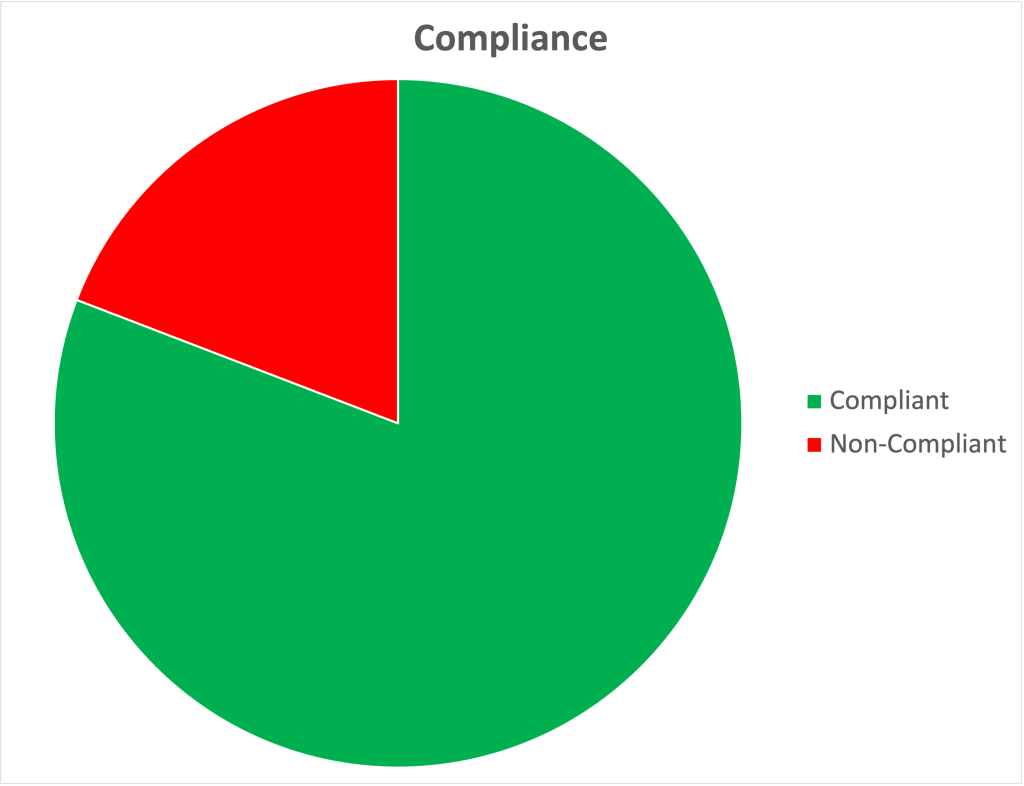
Almost one in five of the announcements reviewed was determined not to adequately comply with the JORC Code (2012).
The Complaints Committee has initiated 37 complaints processes during the review, involving complaints to ASX relating to the actions of companies, or both AIG and AusIMM members where the complaint related to reporting of information by Competent Persons.
All of the complaints relating to work performed by Competent Persons dealt with procedural issues, resolved with AIG members by contacting them and suggesting ways in which the announcement could have been improved, to better meet the requirements of the Code.
No cases resulted in disciplinary action by AIG’s Ethics and Standards Committee.
An expected, but positive aspect of the review was that the majority of members contacted in relation to issues with announcements for which they acted as Competent Persons expressed appreciation for the feedback provided, with some going on to request review and feedback of further announcements prior to their release.
Where AusIMM members were involved, a complaint was submitted for consideration by the AusIMM Professional Standards Committee.
Complaints relating to the practice of companies were referred to ASX for action, and resulted in announcements being revised and reissued by the companies involved in several cases.
The announcements reviewed covered projects in 33 countries and activities covering the full-spectrum of work covered by the JORC Code.
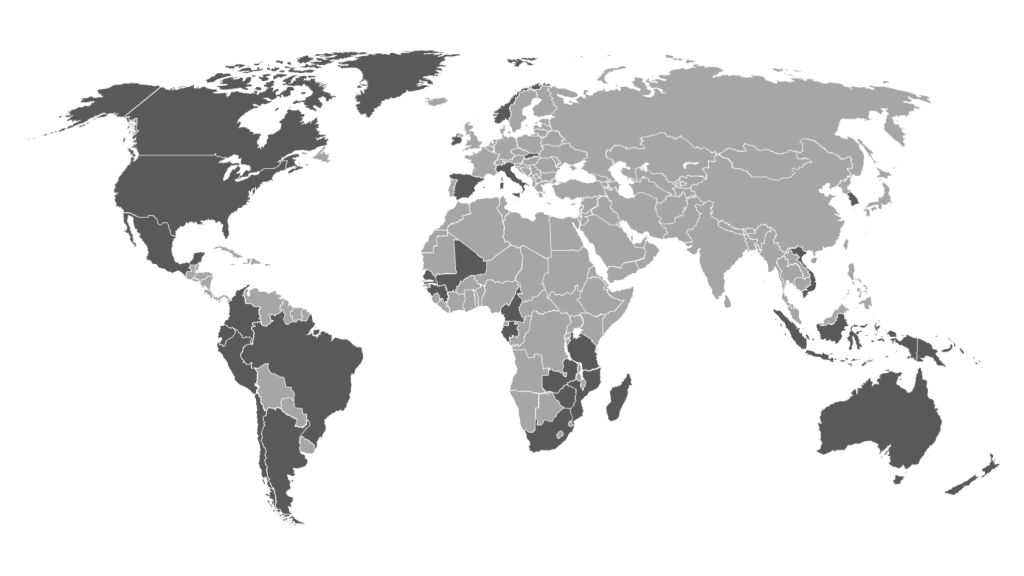
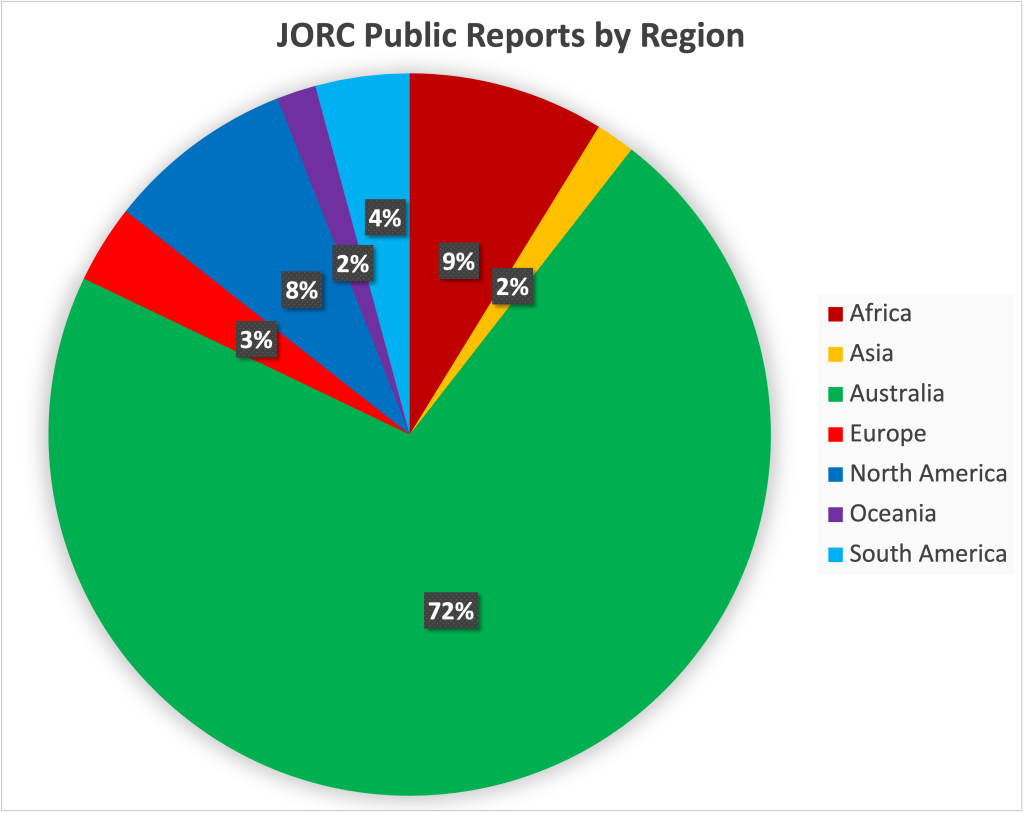
The map and accompanying pie-chart highlight the extent to which Australian-listed companies are engaged in projects both within Australia and internationally. An interesting feature of the mao and chart is the presence of Australian companies in the Americas and Africa, and the relatively low level of activity in Asia and Oceania.
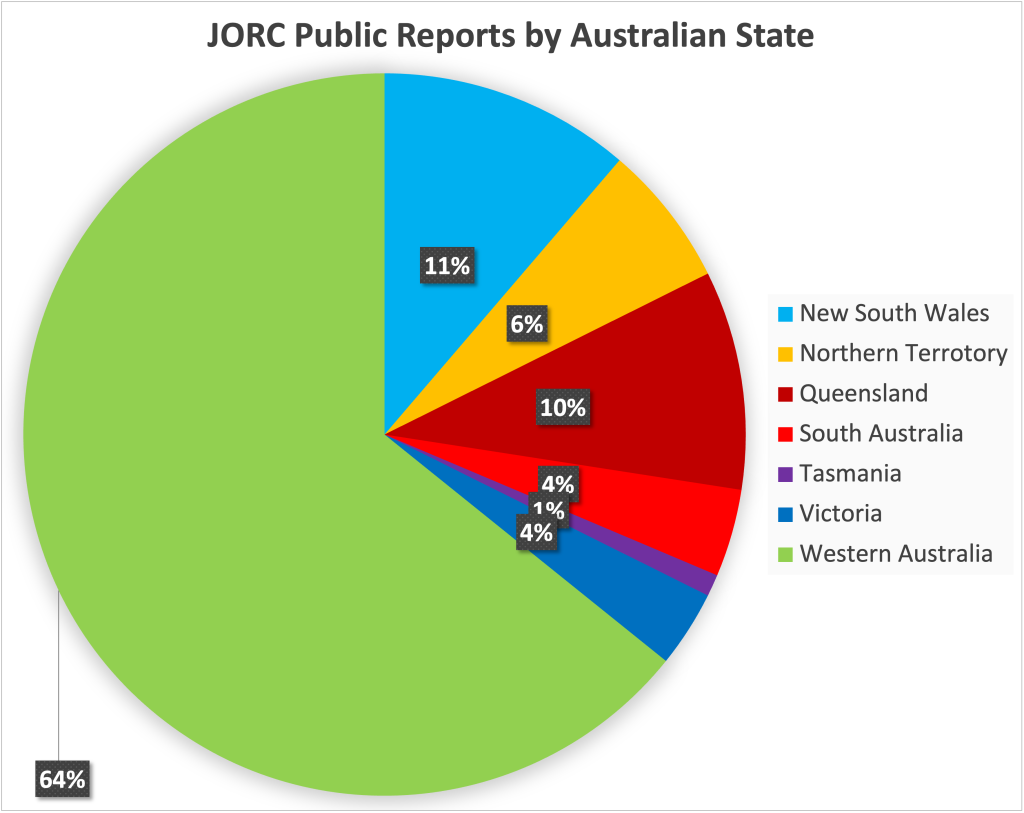
Within Australia, Western Australia accounted for almost two thirds of the public reports reviewed, followed by New South Wales (11%), Queensland (10%) and the Northern Territory (6%).
Exploration announcements (exploration plans, drilling updates etc.) account for 84% of the announcements reviewed. Mineral Resource and Ore Reserve estimates accounted for around 6%, studies (scoping, pre-feasibility and feasibility studies) 3% and metallurgical testwork results 2%.
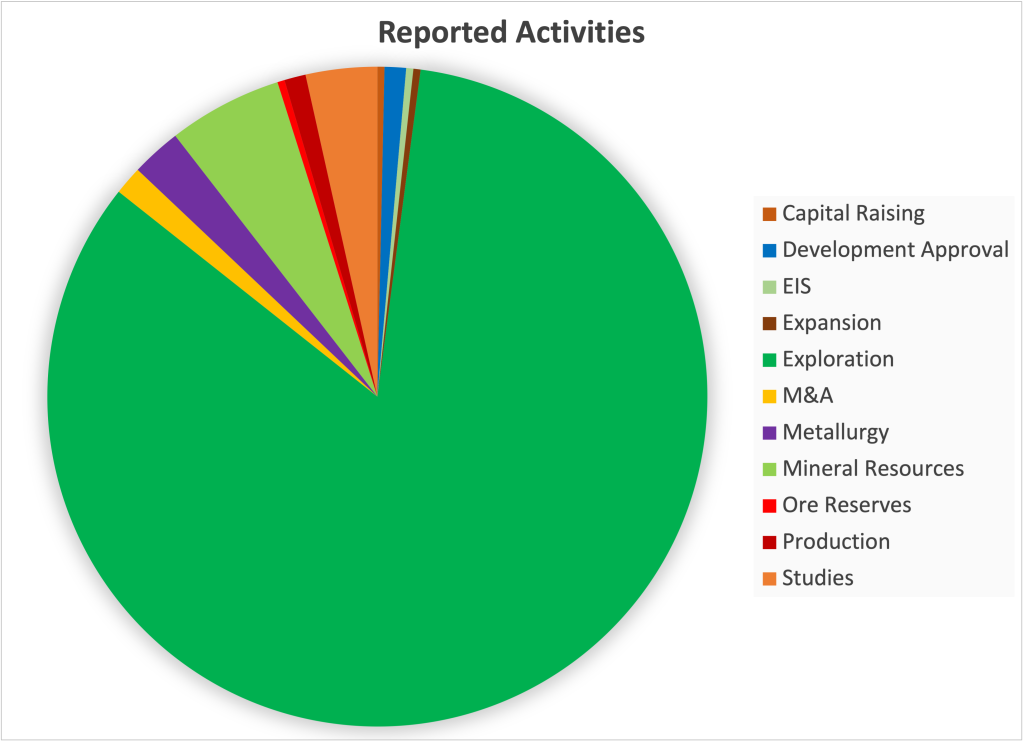
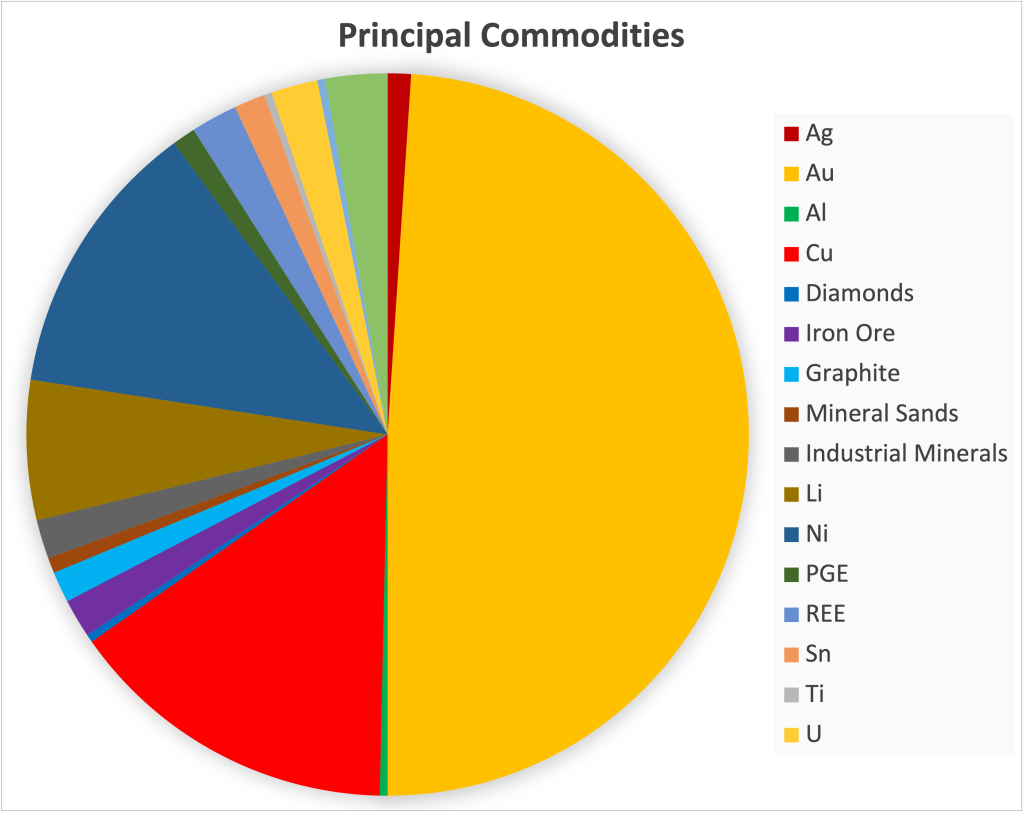
Gold was the dominant subject, accounting for just less than half of the public reports reviewed. Gold was followed by copper (15%), nickel (13%), lithium (6%) and zinc (3%).
Issues of concern identified in announcements included:
These issues potentially highlight a need for continuing education of Competent Persons and are able to be incorporated into AIG’s JORC education workshops which are continuously improved using feedback received from participants, or covered by AIG’s mentoring program which has been extended to cater for experienced in addition to early career members in recent years. Importantly, the trial revealed valuable information and is considered to highlight the value of continuing this work. Monitoring a relatively small proportion of announcements successfully identified a number of recurring issues that, when addressed, have potential to improve the standard of public reporting of Exploration Results, Mineral Resources and Ore Reserves, investor and public confidence in our profession.
Andrew Waltho
Complaints Committee